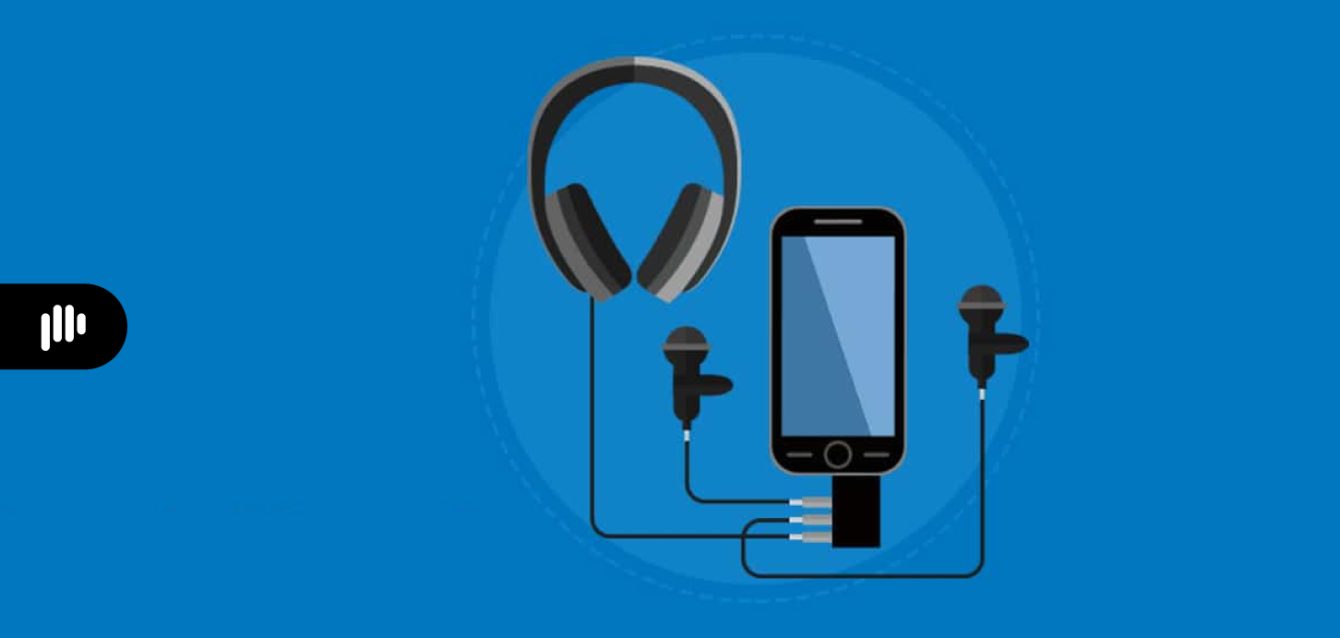Recording on the Go: Tips for Recording Podcasts While Traveling or Outside of a Studio
Going somewhere, how about recording a podcast? Podcasting is a great way to share your thoughts and ideas with the world, and it doesn’t require a lot of expensive equipment or a fancy studio. With a portable recording setup, you can record your podcast from anywhere, whether you’re traveling, at home, or even outdoors. Here are some tips to help you out!
Choose the Right Equipment:
There are many different types of portable recording equipment available, so it’s important to choose the right setup for your needs. If you’re planning on recording solo episodes, a simple USB microphone and a laptop or smartphone may be all you need. If you’re planning on interviewing guests, you’ll need two microphones and a portable recording device, such as a Zoom H5 or H6.
Find a Quiet Place to Record:
One of the most important things to consider when recording your podcast is finding a quiet place to do it. Background noise can be a major distraction, so it’s important to find a spot where you won’t be interrupted. If you’re recording indoors, try to find a room with soft surfaces, such as carpets and curtains, to help absorb sound. If you’re recording outdoors, try to find a spot that’s sheltered from the wind and other noise sources.
Set Up Your Recording Gear:
Once you’ve found a quiet place to record, it’s time to set up your gear. If you’re using a USB microphone, simply plug it into your laptop or smartphone and start recording. If you’re using a portable recorder, you’ll need to connect your microphones to the recorder and then connect the recorder to your laptop or smartphone.
Record a Test Episode:
Before you start recording your podcast, take a few minutes to record a test episode. This will help you to make sure that your recording levels are correct and that your audio quality is good.
Record Your Podcast:
Once you’re happy with your recording setup, it’s time to start recording your podcast. Be sure to speak clearly and slowly, and take breaks often to avoid getting tired. If you’re interviewing guests, be sure to ask them to speak into the microphone clearly and to avoid moving around too much.
Edit Your Podcast:
Once you’ve finished recording your podcast, you’ll need to edit it. This involves removing any mistakes or unwanted noise, and adding music and effects. There are many different audio editing programs available, so choose one that’s right for you and your budget.
Publish Your Podcast:
Once you’ve edited your podcast, it’s time to publish it so that people can listen to it. There are many different podcast hosting platforms available. Choose a hosting platform that’s right for you and your needs, choose Podeo.
Encourage Your Listeners to Keep Up:
Once you’ve published your podcast, encourage your listeners to subscribe so that they can be notified when new episodes are released. You can promote your podcast on social media, your website, and in your email signature.
Creating Your Own Podcast on Podeo
Podeo is a great podcast hosting platform for beginners and experienced podcasters alike. It’s easy to use and offers a variety of features, such as:
- Unlimited storage and bandwidth
- Custom podcast website, RSS feed
- Unlimited advanced analytics
- Unlimited episode uploads
To create a podcast on Podeo, simply create an account and then click the “Create a Podcast” button. You’ll need to provide your podcast’s title, description, and image. Once you’ve created your podcast, you can start uploading episodes and publishing them to the world.
Conclusion
Podcasting is a great way to share your thoughts and ideas with the world, and it’s easier than ever to start your own podcast. With a portable recording setup, you can record your podcast from anywhere. So what are you waiting for? Start recording your podcast today!

